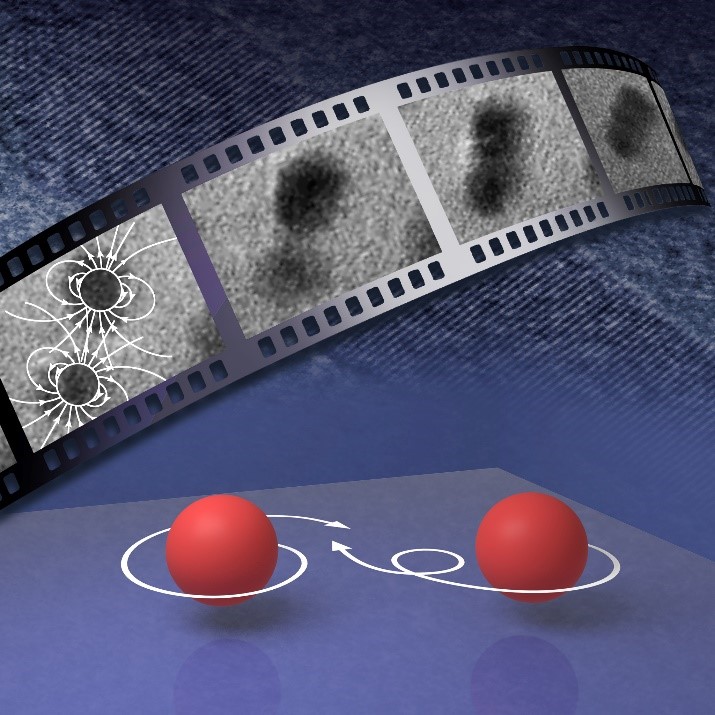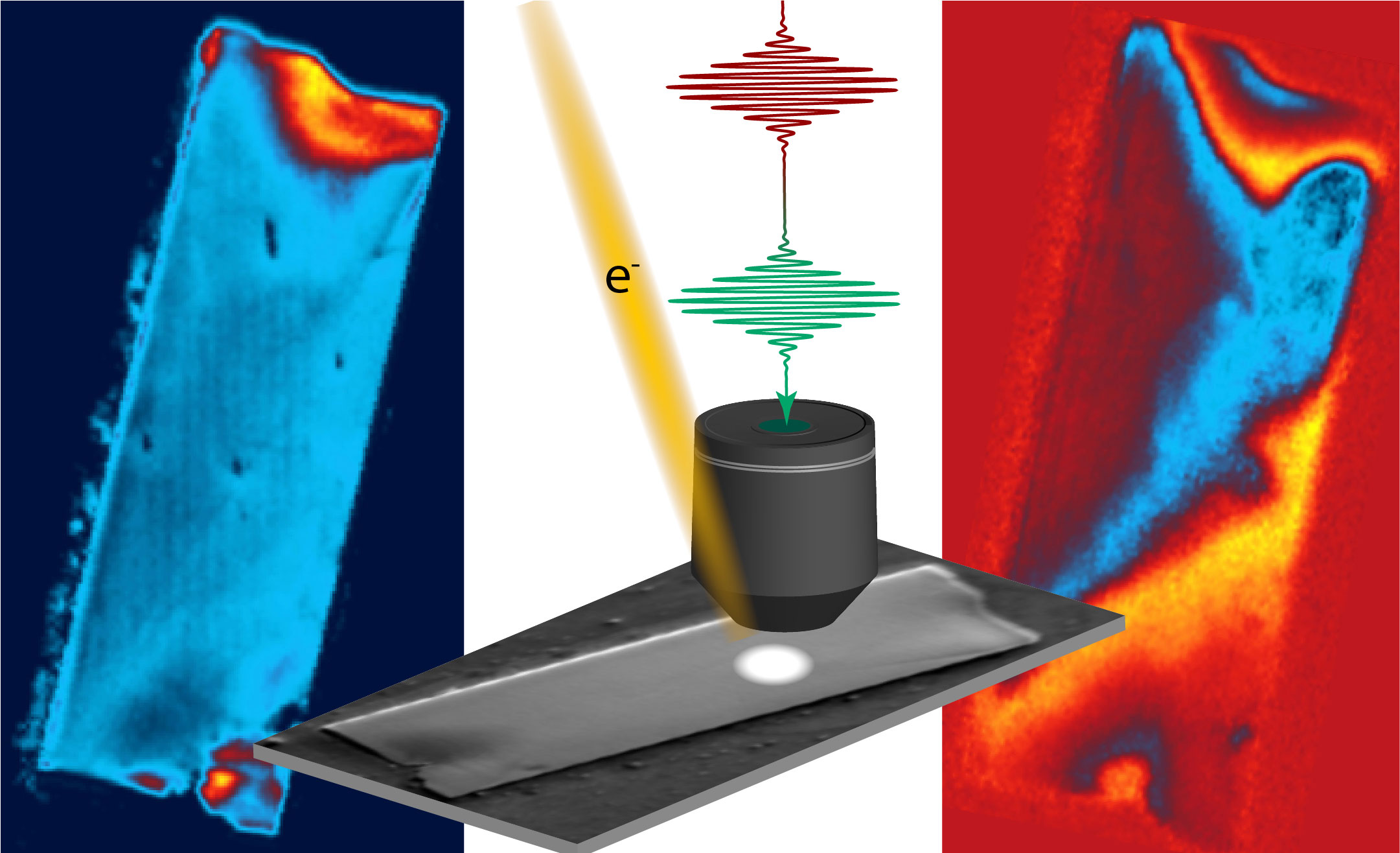
Dynamic Duos: How Particles Attach
A new quantitative understanding of how, at what distance, and in what shape zinc oxide nanoparticles come together while separated by liquid.

A new quantitative understanding of how, at what distance, and in what shape zinc oxide nanoparticles come together while separated by liquid.

Research uses directed gas phase preparation of two carbenes, triplet pentadiynylidene and singlet ethynylcyclopropenylidene

Observation of impulsive stimulated X-ray Raman scattering with attosecond soft X-ray pulses.

Advanced techniques reveal how defects in nanoscale crystals affect how solar photovoltaics perform.

Insight into charge generation induced by light could enable the design of better photocatalysts made from nanomaterials.

Studies pinpoint the active site of a catalyst that converts sunlight to liquid fuels.

Catching a glimpse of the breaking and formation of chemical bonds in ultracold chemical reactions.

New finding may help explain why we develop chronic diseases and cancer as we age…and even why food decomposes over time.

Researchers create novel metallabiphenylene analogues, advancing a key concept in organic chemistry.

Collaboration between experiment and theory expands fundamental understanding of the chemistry of exotic radioactive heavy elements.

Local scaling self-interaction correction (LSIC) overcomes long-standing problems for accurate simulation of chemical reactions from start to finish.

Novel isotope tracking brings nanoscale chemistry into view